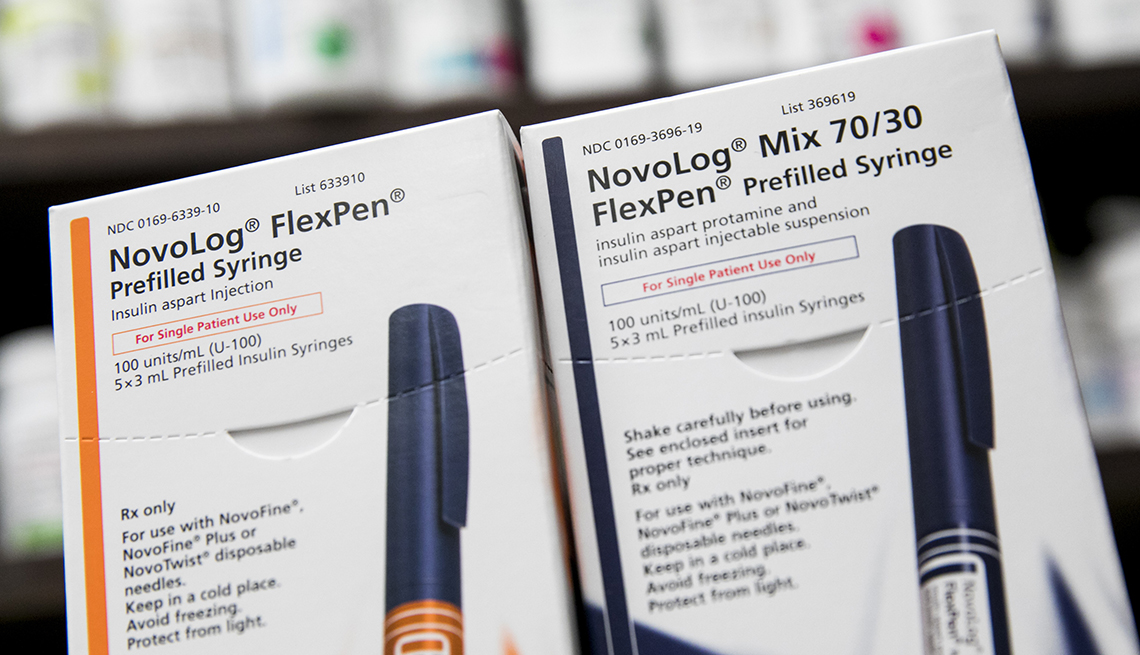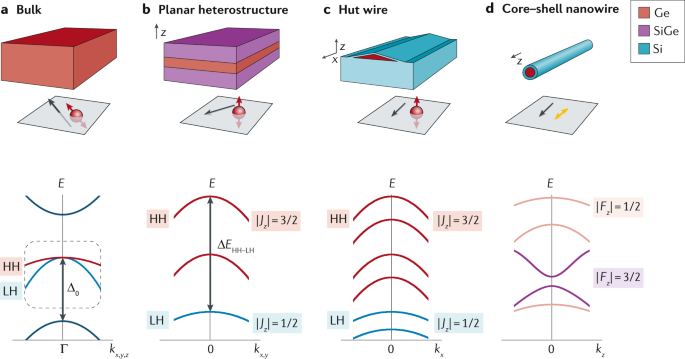
- Select a language for the TTS:
- UK English Female
- UK English Male
- US English Female
- US English Male
- Australian Female
- Australian Male
- Language selected: (auto detect) - EN
Play all audios:
British researchers have found evidence that it is possible – although likely extremely rare – for Alzheimer’s disease to be passed between humans. In a report published in the journal
_Nature Medicine_, the researchers identified five individuals who in their youths had been treated with human growth hormone extracted from cadavers and also developed symptoms of dementia
before age 55. This type of medical procedure is no longer used. The researchers suggest the most plausible explanation for the early onset dementia was that the human growth hormone the
people were given contained amyloid beta proteins, which caused plaque deposits to develop in their brains. Amyloid beta plaque is considered a key component of the disease and is the target
of the recently approved Alzheimer’s drug Leqembi. “The clinical syndrome developed by these individuals can, therefore, be termed iatrogenic [medically induced] Alzheimer’s disease, and
Alzheimer’s disease should now be recognized as a potentially transmissible disorder,” they wrote. MODERN TREATMENTS ARE SAFE The researchers were quick to dispel any fears that Alzheimer’s
is a contagious disease that can be transmitted through ordinary contact. Moreover, they emphasized that cadavers haven’t been the source of growth hormone for four decades. It’s now created
synthetically. “It is important to stress that the circumstances through which we believe these individuals tragically developed Alzheimer’s are highly unusual, and to reinforce that there
is no risk that the disease can be spread between individuals or in routine medical care,” coauthor Jonathan Schott, chief medical officer at Alzheimer’s Research UK and a professor of
neurology at University College London, said in a statement. From 1963 to 1985, about 7,700 children in the United States were given growth hormones extracted from cadavers. The Food and
Drug Administration suspended this use on April 19, 1985, after finding that four young adults likely contracted Creutzfeldt-Jakob Disease (CJD), a fatal brain disorder, from treatments
they received in the 1960s. CJD also involves clumps of misformed proteins. WHAT’S NEXT? In discovering that Alzheimer’s may too have been a rare but tragic side effect of early growth
hormone treatments, the researchers suggest the connection may offer additional avenues of research into cures and treatments for the disease. “Importantly, our findings also suggest that
Alzheimer’s and some other neurological conditions share similar disease processes to CJD, and this may have important implications for understanding and treating Alzheimer’s disease in the
future,” John Collinge, the lead author of the research and head of the Department of Neurodegenerative Disease at the UCL Institute of Neurology, said in a statement.






